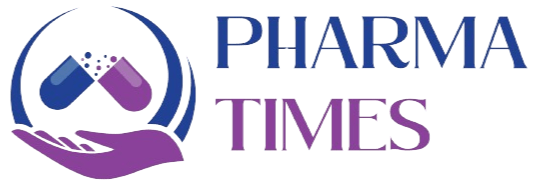SOP for Performance Check of Low Temperature Water Bath.

Standard Operating Procedure (SOP)
Here’s a comprehensive Standard Operating Procedure (SOP) for the Performance Check of a Low Temperature Water Bath. This SOP ensures the equipment operates within the required temperature limits for accurate laboratory use.
1. Purpose
To establish a standardized method for conducting a performance check of the low temperature water bath to ensure consistent and accurate temperature control.
2. Scope
This procedure applies to all low temperature water baths used in [Department/Laboratory Name] for analytical, stability, or sample storage purposes.
3. Responsibilities
-
Lab Analyst/Technician: To perform and document the performance check.
-
Quality Assurance (QA)/Lab Supervisor: To review and verify the results of the performance check.
4. Equipment & Materials
-
Low Temperature Water Bath (Model: [Insert Model])
-
Calibrated digital thermometer or temperature data logger (traceable to national standards)
-
Stopwatch or timer
-
Clean glass beakers or temperature probes
-
Distilled water
-
Logbook or performance check form
5. Safety Precautions
-
Wear lab coat, gloves, and safety goggles.
-
Avoid skin contact with cold surfaces to prevent cold burns.
-
Ensure electrical safety—do not operate with wet hands or near water spillage.
6. Procedure
6.1 Pre-Check
-
Verify the water bath is clean, filled with appropriate liquid (distilled water or coolant as required), and powered on.
-
Allow the water bath to stabilize at the set point temperature for at least 30 minutes (or as per manufacturer’s instructions).
-
Ensure the temperature probe or sensor is calibrated and within the due date.
6.2 Performance Check Steps
-
Set the water bath to the desired temperature (e.g., 5°C, 0°C, or below depending on usage).
-
Allow the system to stabilize—monitor the display until the setpoint is reached and holds steady.
-
Place the calibrated thermometer or probe into the center of the bath (or as specified by manufacturer).
-
Ensure it is not in contact with the walls or base.
-
-
Record the temperature reading at time intervals:
-
At 0 min, 10 min, 20 min, and 30 min.
-
-
If applicable, repeat the test at multiple setpoints (e.g., -5°C, 0°C, +5°C) to verify performance across range.
-
Acceptable variation should be within ±0.5°C or as per specification.
7. Acceptance Criteria
-
The temperature recorded should not deviate more than ±0.5°C (or as defined in user specifications) from the set temperature.
-
No abnormal fluctuations should be observed during the monitoring period.
8. Documentation
Record the following in the performance check log:
-
Date and time of test
-
Operator name and initials
-
Set temperature
-
Observed temperature at defined intervals
-
Calibration ID of thermometer used
-
Observations/comments (if any)
-
Signature of reviewer/QA
9. Frequency
-
Monthly or quarterly (as per internal QA schedule)
-
After servicing or repair
-
After relocation of the unit
10. Troubleshooting
| Issue | Possible Cause | Corrective Action |
|---|---|---|
| Large deviation from setpoint | Faulty thermostat or sensor | Recalibrate or repair equipment |
| No temperature change | Compressor failure or control fault | Contact maintenance |
| Uneven temperature | Low fluid level or circulation issue | Refill water or check circulation pump |
11. References
-
Manufacturer’s Operation Manual
-
ISO 17025 Guidelines
-
Internal Quality System Manual
🎓 Discover one of the best Quality Assurance courses available — click below to explore the course that’s shaping future QA skills.

